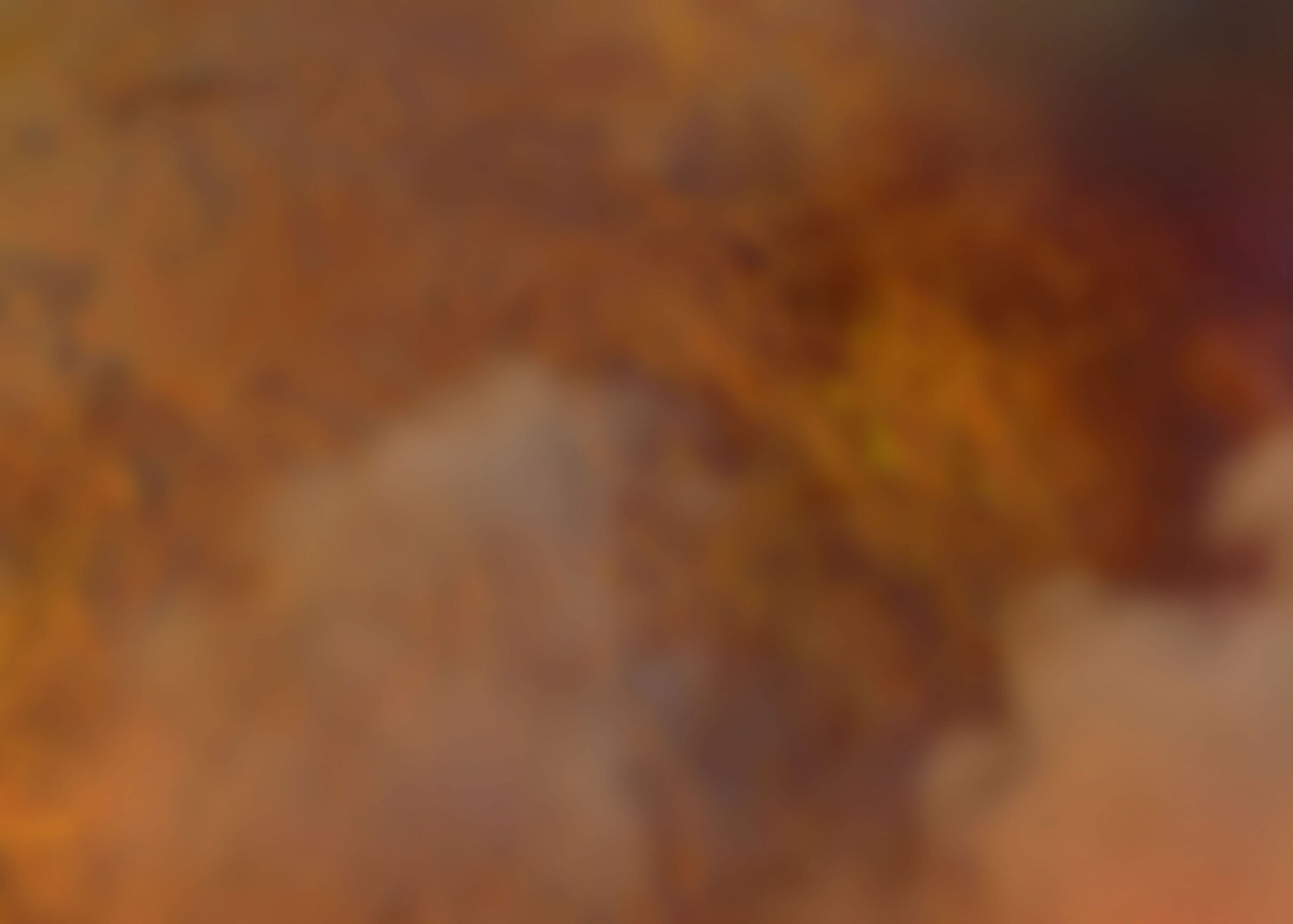026
Tom Wiscombe
A More Robust Discipline
Today’s conversation is with architect Tom Wiscombe and were discussing the importance of working around architecture’s self-imposed limitations.

The Dark Chalet _ Tom Wiscombe Architecture
For those of you listening that are either directly involved in architecture or maybe just have a more cursory interest in the discipline, its probably pretty obvious that deciding what variables in the world around us should or even can be folded into a design project is a little more difficult than it might initially appear. What “things” do architects work with and what don’t we work with. There are probably a couple of reasons for this. One might be that a particular variable (like Hair follicles, the space shuttle, or Mitch McConnell’s throat pouch ) are seen to have no precedent in architectures past. We haven’t engaged them in the past, why would we in the future. The second (which builds off the first) is that our relationships and assumptions ABOUT those variables prevent us from seeing how they could inform our discipline.
But architecture has ways of working around such self-imposed limitations. This is done by borrowing various forms of representation or software programs, shifts in philosophy or emerging social narratives that allow designers to find novel ways to make connections and relationships that would otherwise not emerge.
Today is a conversation with architect Tom Wiscombe. I believe that Tom and I overlapped one year in Grad school at UCLA. Tom’s career began at Coop Himmelb(l)au where he was Chief Designer before returning to school at UCLA. This was time in which there was no shortage of talk about the philosophies of Gilles Deleuze including his book ‘The Fold’ among many others… leading us up to today with conversations about Object Oriented Ontology, or OOO and the writings of Graham Harman and Timothy Morton. Two people that Tom knows well, having had many public conversations with them.
But what I want to make clear is that this is NOT a conversation about OOO or the specific work of any of these authors. If that were my intention I just would have called Graham Harman (and maybe I will down the line). Instead, the intention here is to talk with Tom about the integration of new ideas and forms of representation that strive to make the discipline more robust. If you had access to some of Tom’s early work, from his UCLA thesis project or his own early design projects while still at Coop Himmelb(l)au and right after leaving, you’d see that his shifting interest and dialogue over the last 15-20 years with philosophy or material science never really produced an architectural form that mimicked or was somehow a direct reflection of that influence. These influences instead seem to help reinforce or embellish an existing trajectory, and that’s why I thought Tom would be able to bring a unique perspective to this dialogue of absorbing and integrating variables from outside the discipline.
On a side note, doing the podcast in person has consistently produced one hiccup that I haven’t been able to resolve, and that’s not knowing precisely when the conversation actually begins. What I mean by that is while I’m setting up the equipment, the guest and I of course start talking and before you know it we’re getting into good material and I’m not about to say, STOP…lets start from the beginning and repeat what you just said. Instead I just hit record while we settle in. So just image you went to grab a cup of coffee or a beer and you’re sitting down to our conversation that started a few seconds earlier…you didn’t miss much!
Tom Wiscombe
Tom Wiscombe is Principal of Tom Wiscombe Architecture which is currently planning the Main Museum of Los Angeles Art with Developer Tom Gilmore in Downtown LA. As well as the West Hollywood Belltower on Sunset Blvd in Los Angeles. Wiscombe is Chair of the B.Arch Program at SCI-Arc, where he has taught for over 10 years. Previously to all this, Tom worked for Coop Himmelb(l)au, where he was Chief Designer for BMW Welt, Munich, the Lyon Museum of Confluences, and the Dresden Cinema Center.
